
|
|
|
|
|
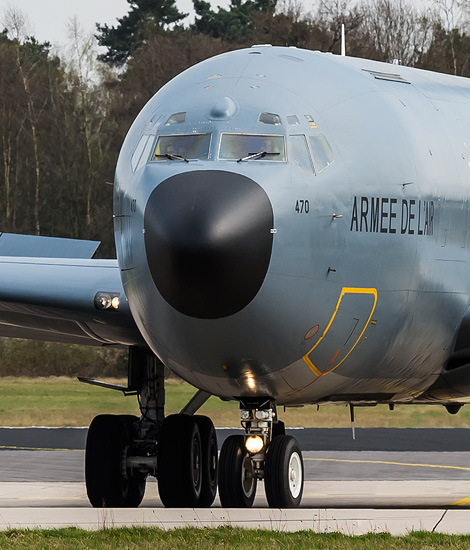
|
The Art of Air to Air Refuelling; Eindhoven, March 29, 2017
European Air Refuelling Training 2017; Text and Photograph's by Alex van Noye
The European Air Refueling Training 2017 is held at Eindhoven Air Base in parallel to the exercise Frisian Flag at Leeuwarden Air Base. During the training, both the fighter pilots from Leeuwarden and the crews of the tankers from Eindhoven are trained in the air to air refueling process and its associated procedures.
Colonel Elanor Boekholt-O'Sullivan is the commander of Eindhoven Air Base and is the first female base commander in the Royal Netherlands Air Force. She started in 1994 at the Royal Netherlands Air Force as an air traffic controller. In 2008 she was sent to Afghanistan and more recently she was head of the innovation center of the Dutch Air Force. Since 2016 she is the base commander of Eindhoven Air Base where she is the host of this year’s EART 2017 (European Air Refueling Training). This year is the fourth time that the EART training is organized by the European Air Transport Command (EATC), which is also based in Eindhoven. The EATC is a multinational transport command which currently has seven full members. These countries are; Belgium, Germany, France, Italy, Luxembourg, the Netherlands and Spain. The EART is a tanker training which encompasses all aspects of modern air to air refueling. The participants of the exercise Frisian Flag at Leeuwarden Air Base will use the available EART tankers during their missions. The aim is to (re-)qualify the fighter pilots in aerial refueling. Also specifically the crews of the tankers will be trained during this training in refueling of the different types of aircraft which are participating in Frisian Flag.
Colonel Andrea Massucci works at the Italian Air Force and is the director of the EART exercise. Massucci is a pilot in the Italian KC-767. During the EART air to air refueling procedures will be trained. Crews will learn to use these procedures in an international context. According to Massucci it is important that all crew members can apply the same standard blindly to operate safely. Coupling aircraft to each other in the air is simply dangerous says Massucci. The participants of the EART consist of four tankers from four countries. The first participant is the KDC-10 from the Netherlands; this aircraft is stationed at Eindhoven Air Base and is assigned to the no 334 Squadron and is equipped with the boom system. The second participant is the German Airbus A310MRTT tanker. This unit comes from Koln-Bonn and is assigned to the SAMW
|
|
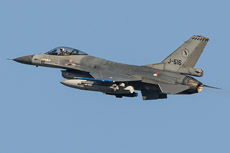
|
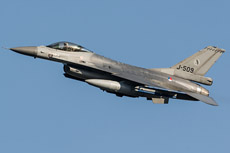
|
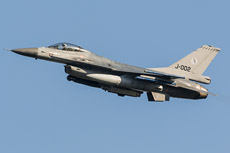
|
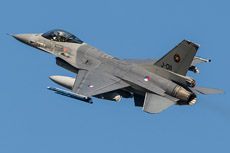
|
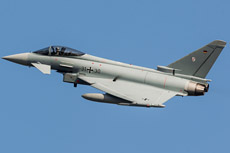
|
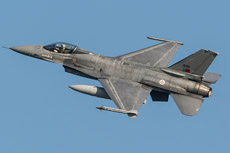
|
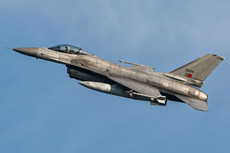
|
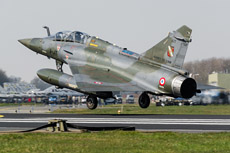
|
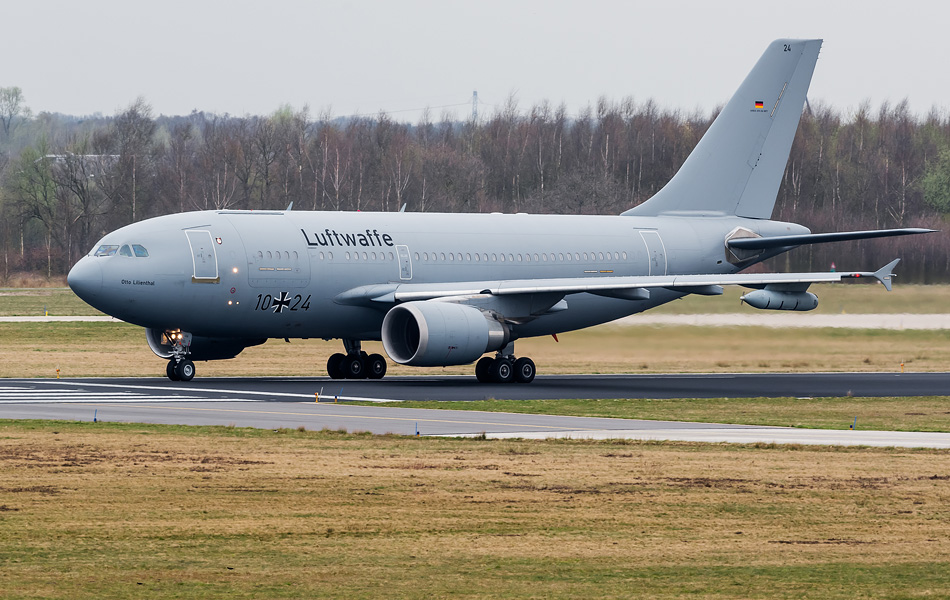
|
MOD. The A310MRTT is an aircraft which is equipped with the drogue system. The third participating aircraft is the Italian KC-767 which comes from Pratica di Mare near Rome. The aircraft is assigned to the Gruppo 8 and features both the boom and drogue system. The last participant during the EART is the French KC-135FR from Istres. This aircraft is also equipped with both a boom and a drogue system. The aircraft is assigned to the GRV02.091. In addition to the refueling of other aircraft, the tankers also fulfill a different important role during the EART which will also be trained. When unexpectedly a fighter pilot needs to use his ejector seat, the tanker will take the role of flying command center and support the SAR units to recover the pilot.
Major Martin is the captain of the Dutch KDC-10 during the EART exercise. He started his career as an F-16 pilot at Gilze-Rijen Air Base. Martin knows the process of air to air refueling from both the recipient and the supplier of fuel in flight. Martin is during the EART the project officer and will explain how the exercise proceeds. Today, refueling in the air is indispensable. As an example, Martin mentions the mission Operation Inherent Resolve against IS where the Dutch KDC-10 provided over 2.6 million pounds of fuel to more than 189 recipients. Cargo aircraft can carry more cargo when they take off with almost no fuel on board; after take-off they will fly immediately to the tanker which makes transporting cargo more flexible according to Martin. During the exercise Frisian Flag tankers will fly in two designated areas. Just above the coast of Texel above sea is the Shell Track located and just off the coast of Denmark is the Esso Track located. During the training the crews will be briefed daily for the customers that they will receive. Crews are told how they will operate in the tanker cell and with how many tankers they will fly into the cell. Altogether operating with three tankers in one single tanker cell is challenging. The second tanker is flying in general one mile behind the first tanker and about 1,000 feet higher. The same goes for the third tanker, also this aircraft is again one mile behind the second tanker and 1,000 feet higher. During this EART it is the first time that the tankers will be connected to the Link 16 system on which movements can be analyzed in detail afterwards.
Martin explains how air to air fueling with the KDC-10 is done. The KDC-10 is equipped with a boom on the back of the aircraft. Under the body of the aircraft is a solid yellow line painted across the length of the aircraft. Receivers are able to fly in a straight line behind the aircraft with the help of this line. The boom has two small wings with which the boom operator is able to steer the boom in the right direction during flight. Under the back of the KDC-10 is a camera bay attached according to Martin. This module is a 3D camera allowing the boom operator in the cockpit to get a 3D representation of the receiving aircraft with the help of 3D glasses. In total, the boom operator has four screens of which one is the big screen for the 3D representation. The fifth screen is a screen for an instructor which can study the process as well. In the middle of the KDC-10 below the hull is the pilot director light suspended. These lamps consist of two strips with colored lights. The left-hand strip indicates whether the receiving pilot has to go up or down with respect to the KDC-10. The right-hand strip indicates whether the receiver needs to move forward or backward with respect to the KDC-10. Only when the receiving aircraft is in the correct position, the boom operator can attach the boom to the recipient and refueling can begin. The refueling of warplanes is not that difficult, says Martin. Larger aircraft like the AWACS or the C-17 take a little more coordination, because these aircraft are less maneuverable and slower than fighters. With the drogue system, which is used on many European aircraft, the receiver connects to a flexible hose which is dragged behind the tanker. This kind of refuelling is intense for the receiver and happens mostly on sight.
|
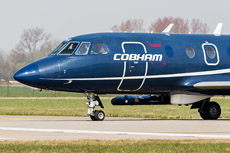
|
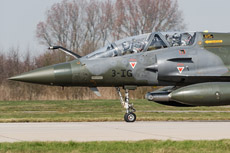
|
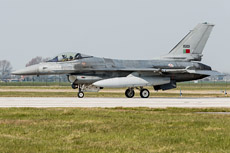
|
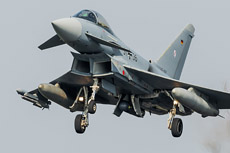
|
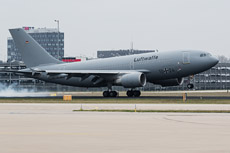
|
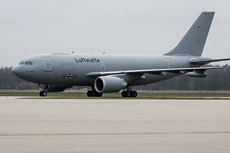
|
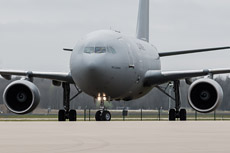
|
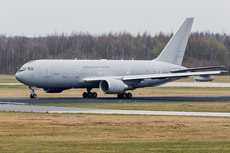
|
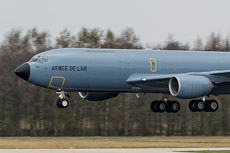
|
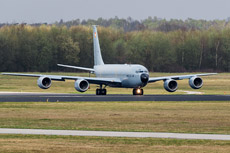
|
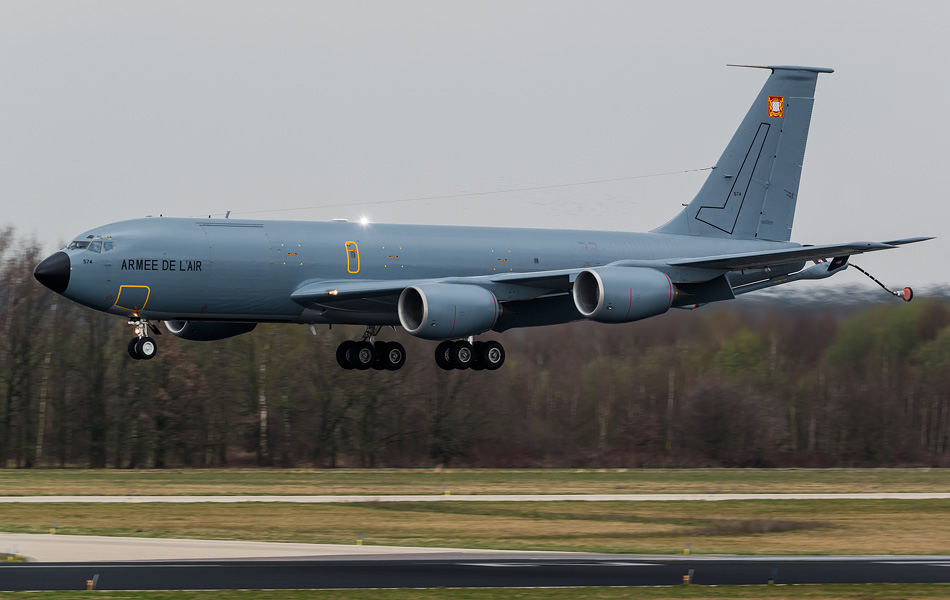
|
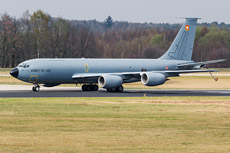
|
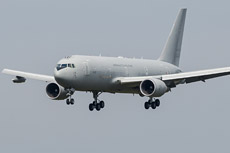
|
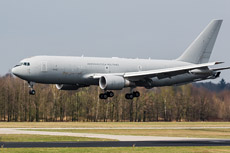
|
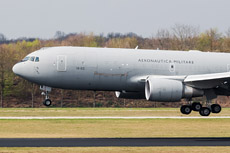
|
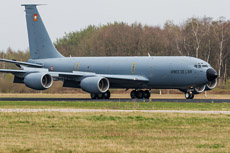
|
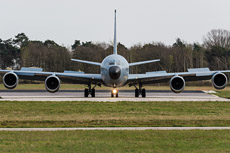
|
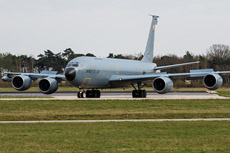
|
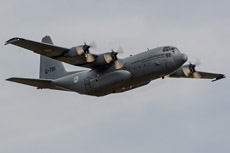
|
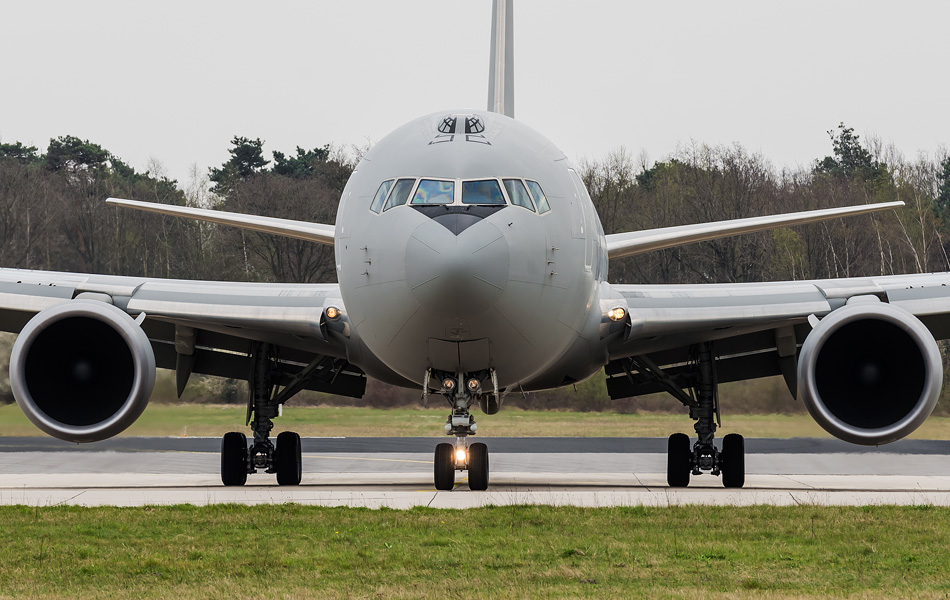
|
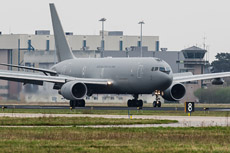
|
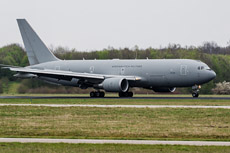
|
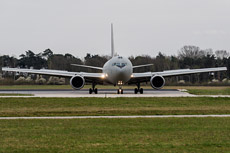
|
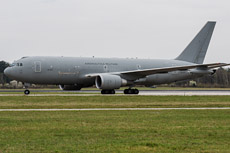
|
|
|

|







